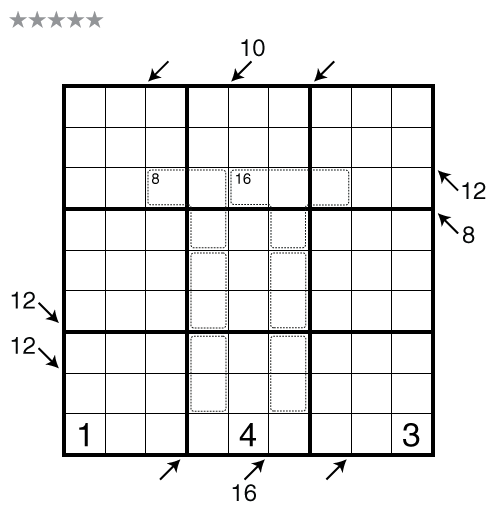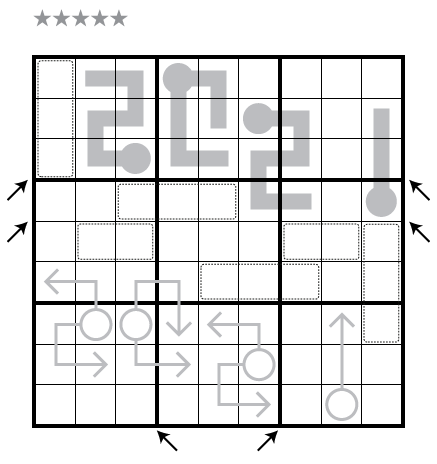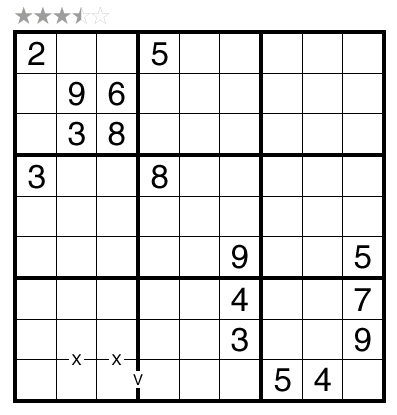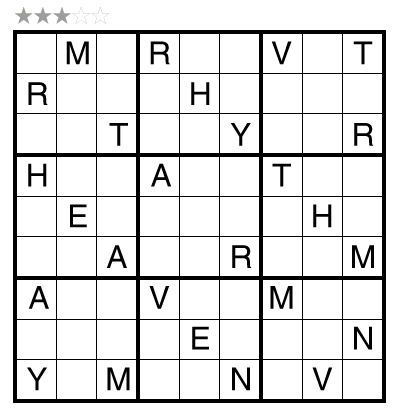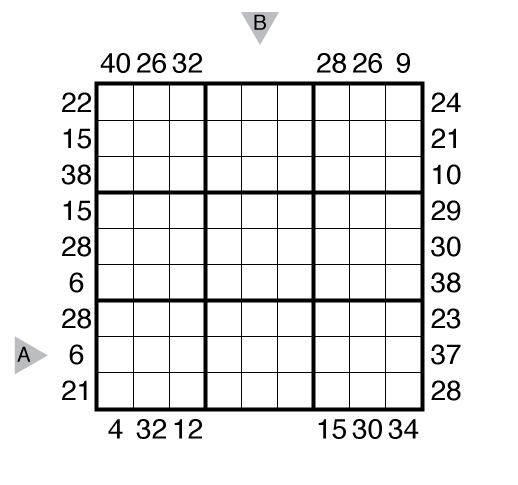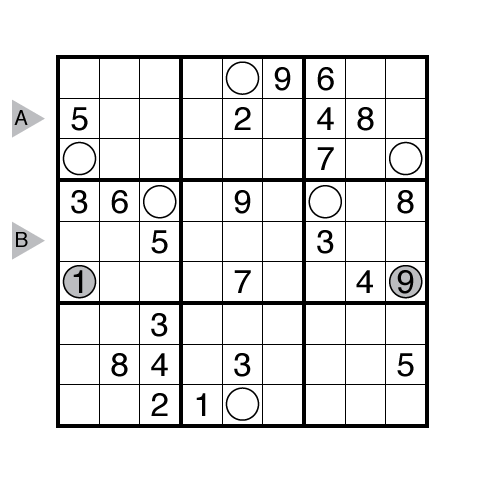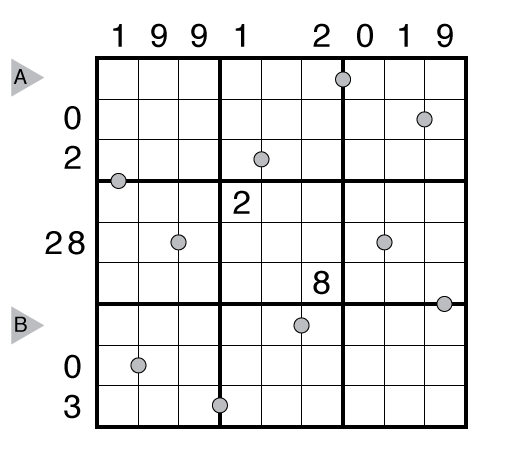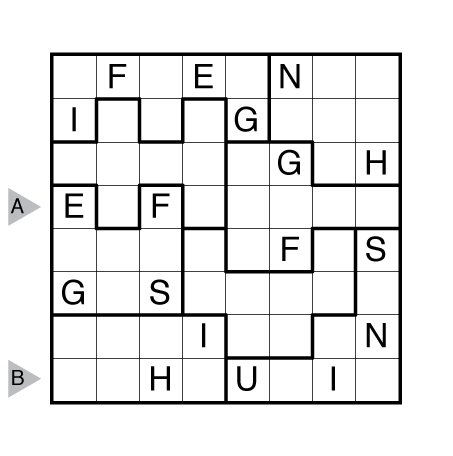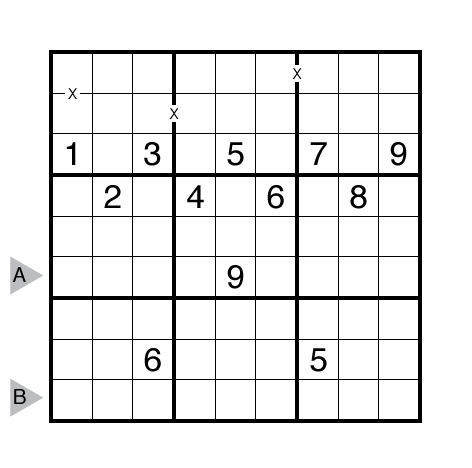Skyscrapers Sudoku by John Bulten
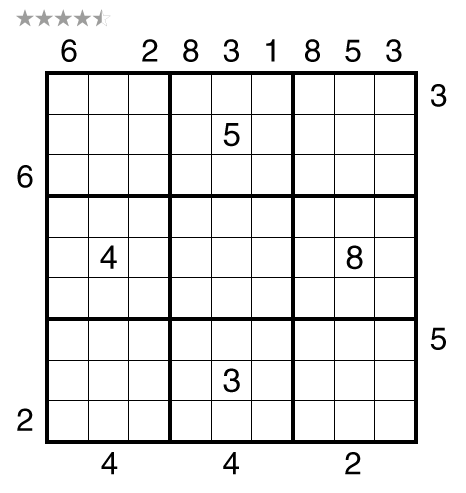
or solve online (using our beta test of Penpa-Edit tools)
Theme: Tau Cross
Author/Opus: This is the 79th puzzle from our contributing puzzlemaster John Bulten.
Rules: Standard Sudoku rules. Also, standard Skyscrapers rules.
Difficulty: 4.5 stars
Time Standards (highlight to view): Grandmaster = 8:00, Master = 14:00, Expert = 28:00
Solution: PDF; a solution video is also available here.
Note: Follow this link for classic Skyscrapers puzzles and this link for variations on Skyscrapers puzzles. If you are new to this puzzle type, here are our easiest Skyscrapers Puzzles to get started on. More Skyscrapers puzzles can be found in The Art of Puzzles, in our beginner-friendly collection Intro to GMPuzzles by Serkan Yürekli, and in the e-book Skyscrapers by Ashish Kumar.

